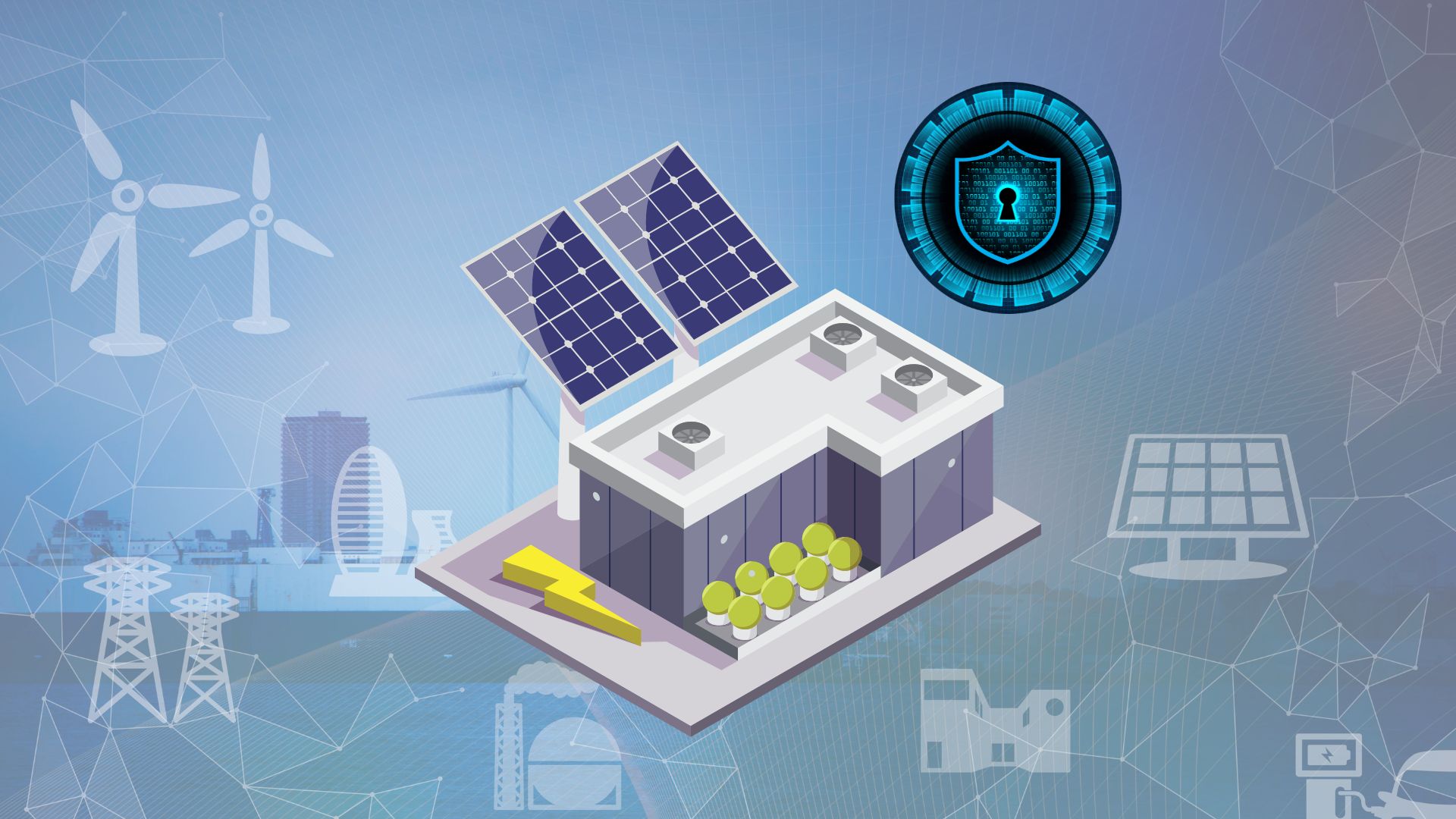The evolution of power systems into smart grids has brought about transformative changes in the way electricity is generated, distributed, and consumed. Smart grids leverage advanced technologies such as digital communication, automation, and data analytics to enhance grid efficiency, reliability, and sustainability. However, along with these advancements come new cybersecurity challenges that differ significantly from those faced by traditional power systems. In this article, we will explore and compare the cybersecurity risks inherent in smart grids versus traditional power systems, shedding light on the unique vulnerabilities and mitigation strategies associated with each.
Understanding Smart Grids and Traditional Power Systems
Smart Grids
Smart grids integrate various components such as smart meters, sensors, advanced metering infrastructure (AMI), Supervisory Control and Data Acquisition (SCADA) systems, and distributed energy resources (DERs) into a cohesive network. These components enable real-time monitoring, control, and optimization of grid operations, allowing utilities to better manage electricity demand, integrate renewable energy sources, and improve system reliability.
Traditional Power Systems
Traditional power systems, also known as legacy power systems, rely on conventional infrastructure and manual processes for grid management and operation. While these systems may incorporate basic control and monitoring mechanisms, they lack the advanced communication and automation capabilities of smart grids. Components such as substations, transformers, and transmission lines form the backbone of traditional power systems.
Cybersecurity Risks in Smart Grids
Smart grids introduce a multitude of cybersecurity risks due to their reliance on interconnected digital technologies and communication networks:
- Data Breaches: Smart meters and AMI systems collect vast amounts of data on electricity consumption patterns and customer behavior. Unauthorized access to this data could compromise consumer privacy and lead to identity theft or fraud.
- Remote Attacks: Malicious actors could exploit vulnerabilities in SCADA systems or DER controllers to disrupt grid operations, cause power outages, or manipulate electricity supply and demand. Remote attacks on critical infrastructure pose significant risks to grid reliability and public safety.
- Supply Chain Vulnerabilities: The procurement of hardware, software, and services from third-party vendors introduces supply chain vulnerabilities, as compromised components or malicious firmware could compromise the integrity of smart grid systems.
- Denial-of-Service (DoS) Attacks: Distributed denial-of-service (DDoS) attacks targeting smart grid communication networks could overwhelm infrastructure with malicious traffic, leading to service disruptions and hindering grid monitoring and control functions.
- Insider Threats: Insider threats, including disgruntled employees or contractors with privileged access to critical systems, pose a significant risk to smart grid security. Insider attacks could result in data theft, sabotage, or unauthorized system modifications.
Cybersecurity Risks in Traditional Power Systems
While traditional power systems may have fewer digital components than smart grids, they are not immune to cybersecurity risks:
- Physical Security Vulnerabilities: Traditional power infrastructure, such as substations and transmission lines, is susceptible to physical attacks, vandalism, or sabotage. Damage to critical equipment could disrupt power supply and compromise grid reliability.
- Legacy Systems: Legacy power systems often use outdated hardware and software that may contain unpatched vulnerabilities or lack modern security features. These systems are more susceptible to malware infections, exploits, and cyberattacks.
- Social Engineering Attacks: Human factors play a significant role in traditional power system security, with social engineering tactics such as phishing, pretexting, or impersonation posing risks to operational integrity. Manipulating personnel or exploiting human error could lead to unauthorized access or system compromise.
- Interconnected Systems: While not as interconnected as smart grids, traditional power systems still rely on communication networks and interfaces for grid monitoring and control. Vulnerabilities in these interfaces could be exploited to gain unauthorized access or disrupt system operations.
- Regulatory Compliance: Compliance with cybersecurity standards and regulations may pose challenges for traditional power systems, particularly in ensuring the implementation of robust security measures and incident response capabilities.
Mitigation Strategies
Both smart grids and traditional power systems require comprehensive cybersecurity strategies to mitigate risks and protect critical infrastructure:
- Risk Assessment and Management: Conducting regular risk assessments and implementing risk management processes help identify vulnerabilities, prioritize security investments, and develop effective mitigation strategies tailored to the specific needs of each system.
- Security-by-Design: Incorporating security principles into the design, development, and deployment of smart grid components and traditional power infrastructure ensures that security considerations are integrated from the outset, rather than being retrofitted as an afterthought.
- Network Segmentation: Segregating critical infrastructure components and communication networks into separate zones or segments helps contain cyber threats and limit the impact of potential breaches or compromises.
- Access Control and Authentication: Implementing strong access control mechanisms, multifactor authentication, and least privilege principles helps prevent unauthorized access to sensitive systems and resources, reducing the risk of insider threats and unauthorized intrusions.
- Continuous Monitoring and Incident Response: Deploying intrusion detection systems, security information and event management (SIEM) solutions, and real-time monitoring tools enables early detection of security incidents and timely response to cyber threats, minimizing the impact on grid operations and infrastructure.
Conclusion
In conclusion, both smart grids and traditional power systems face distinct cybersecurity risks stemming from their unique characteristics and operational environments. While smart grids introduce new challenges related to digitalization, interconnectivity, and data privacy, traditional power systems contend with legacy infrastructure, physical security concerns, and human factors. By understanding these risks and implementing robust cybersecurity measures, utilities and operators can safeguard critical infrastructure, ensure grid reliability, and mitigate the potential impact of cyber threats on energy delivery and public safety. As the energy sector continues to evolve and embrace digital transformation, cybersecurity will remain a paramount consideration in ensuring the resilience and security of modern power systems.
Here are some notable examples of cyber attack on power grid.
